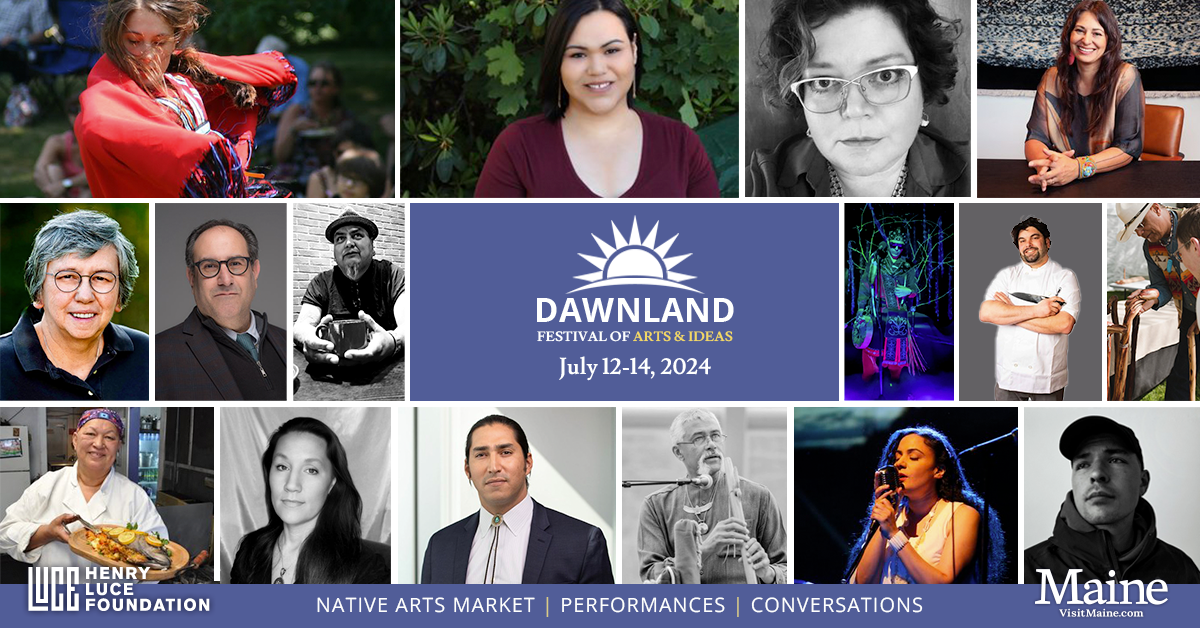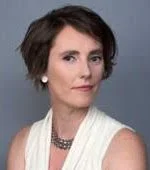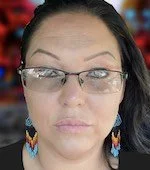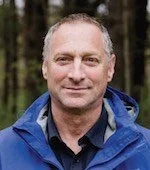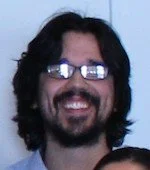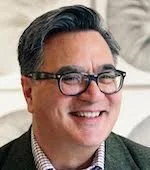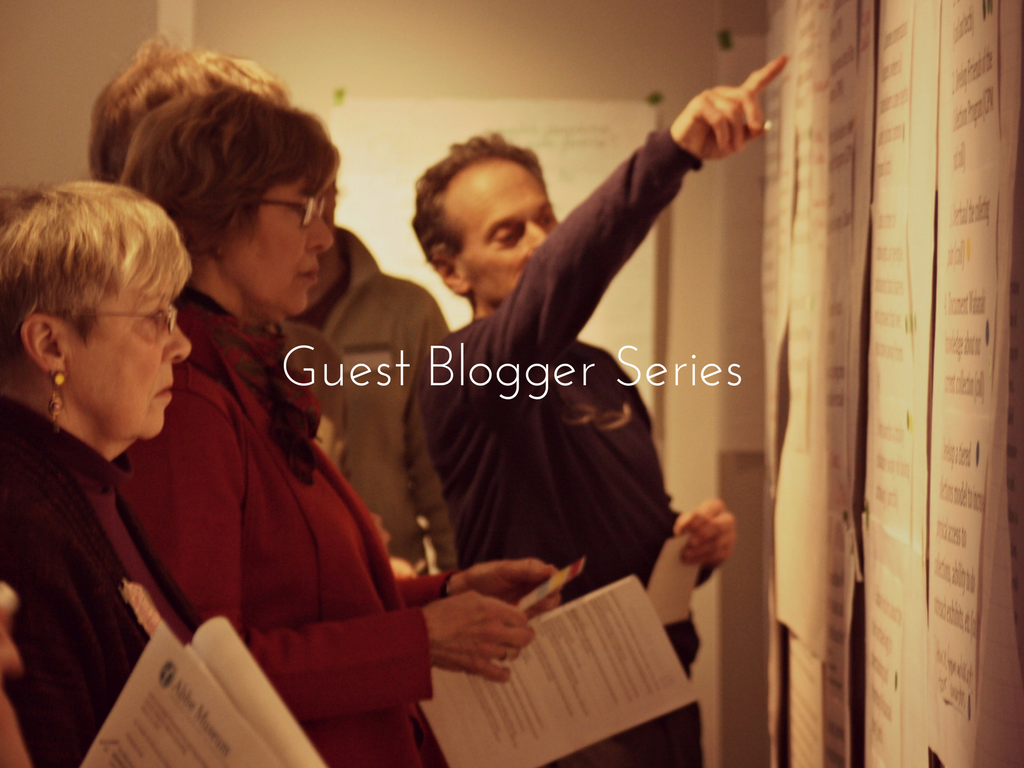Exciting lineup for Abbe Museum’s Dawnland Festival of Arts & Ideas!
/The Abbe Museum is excited to announce the premiere of its Dawnland Festival of Arts and Ideas on July 12-14, 2024, at the College of the Atlantic (COA).
This multi-day event will feature a Native arts market, public performances, and panel conversations on some of the biggest questions of our time, including Weaving a Sustainable Environment, Savoring Native Food Wisdom, Recognizing Sovereignty as a Stepping Stone to an Enduring Democracy, and Arts Transforming Our Futures.
“Native arts and cultures cannot be separated from Native ways of knowing. The Dawnland Festival of Arts & Ideas continues to celebrate the Native creative economy on Wabanaki homelands while lifting up Indigenous thought leadership vital to the conversation on a healthy planet and society for us all.”
Betsy Richards (Cherokee),
Executive Director & Senior Partner
with Wabanaki Nations
* * *
ARTISTS/VENDORS
More than 50 leading Native American artists from across the U.S. and Canada will share artwork ranging from ash baskets, beadwork, textiles, painting, fashion, and pottery representing the breadth and excellence of Indigenous art.
ARTIST PROFILES >>
* * *
PANELISTS
Panel conversations will address some of the biggest questions of our time, including:
Weaving a Sustainable Environment
Savoring Native Food Wisdom
Recognizing Sovereignty as a Stepping Stone to an Enduring Democracy
Arts Transforming Our Futures.
Panelists include scientist and author Dr. Suzanne Greenlaw (Maliseet); attorney Corey Hinton (Passamaquoddy); curator and Forge Project Executive Director Candice Hopkins (Carcross/Tagish First Nations); attorney and Brown University visiting professor Honor Keeler (Cherokee Nation); filmmaker, photographer and educator Jared Lank (Mi’kmaq); author, radio host, and former legislator Donna Loring (Penobscot); author and attorney Sherri Mitchell (Penobscot); James Beard Award-winning chef Sherry Pocknett (Wampanoag); anthropologist and scholar Dr. Darren Ranco (Penobscot); James Beard Award-nominated Chef Joe Robbins (Penobscot); Co-CEO of Wabanaki Public Health and Wellness Lisa Sockabasin (Passamaquoddy); artist and arts and culture leader Frances Soctomah (Passamaquoddy).
* * *
PERFORMERS
The Festival will feature concerts by award-winning musicians Firefly the Hybrid (Penobscot) and Jennifer Kreisberg (Tuscarora) as well as performances by Penobscot Nation drum group Burnurwubskek Singers; Eastern Woodlands flutist Hawk Henries (Nipmuc); singer/songwriter JJ Otero (Navajo/Hopi); and storyteller/artist Jennifer Pictou (Mi’kmaq).
* * *
The Dawnland Festival of Arts & Ideas is FREE and open to the public.
This event is supported in part by grants from the Maine Office of Tourism and the Henry Luce Foundation along with a partnership with College of the Atlantic.
For the latest Festival information, please visit:


